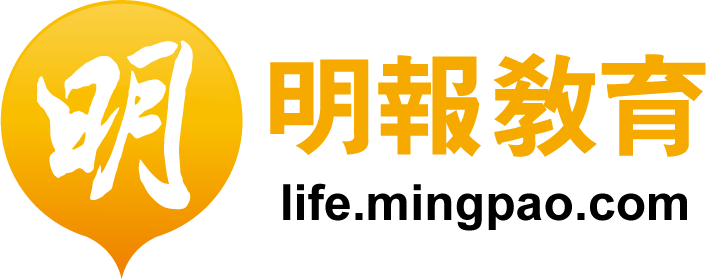Last week I explained how English used to use ye instead of you. This reminds me of an English teacher who showed their class a picture of a modern store with the name "Ye Old Shop". The store was trying to look old fashioned and sell souvenirs at high prices. You Old Shop does not make sense, what was meant was The Old Shop.
The used to be written with a different older letter for th (þ) and when this letter was written in a sloppy fashion it looked a little like a y. So the started to look like ye. The real word ye was used as a form of "you", for people, and not an old form of the. So "Ye Old Shop" is not old fashioned, just bad spelling from an old letter lost to history. (The common use of extra e's in archaic English leads to spellings like Ye Olde Shoppe, or more ironically, Ye Olde DVD Shoppe)
English today is written with Latin letters and not English letters. The alphabet going from A to Z is the Latin alphabet. The old letter þ was Runic. The Old English Runic alphabet has not been used for more than a thousand years, except for decoration. It is sometimes used by students to send coded messages. I'll show you how.
Let me explain. The Chinese word bear is written as 熊. It can be written in Latin letters as hung. The English word is spelt bear using Latin letters. The original English using Runic would have been: [please check Illustration 1].
The original English language was drastically changed by the languages it came in contact with, mutating into the streamlined international language of today.
This is what Runic looked like: [please check Illustration 2]
There are fewer curved lines than in Latin since that is more difficult to carve into rock and wood. The English only learned about paper and parchment from the British much later. The British had been part of Roman civilization.
How to use Old English as a code:
Forget the different spelling and the difficult grammar of Old English. Just replace the modern letters with the old letters. These two alphabets are not exactly the same. Latin uses two letters for the old English th. Old English punctuation is much easier, two dots between words and four dots between sentences. (There are also several different versions of the Runic alphabet; I'll only show you one: [please check Illustration 3])
by John Larrysson
A native English speaker who has been teaching practical English in Hong Kong for more than a decade.










